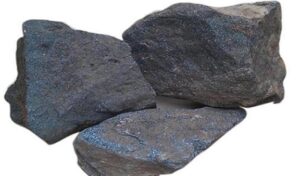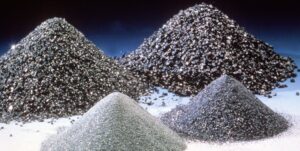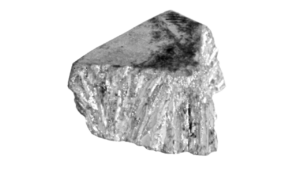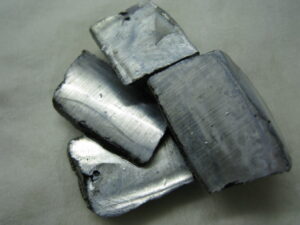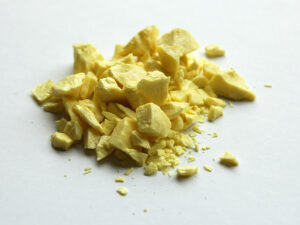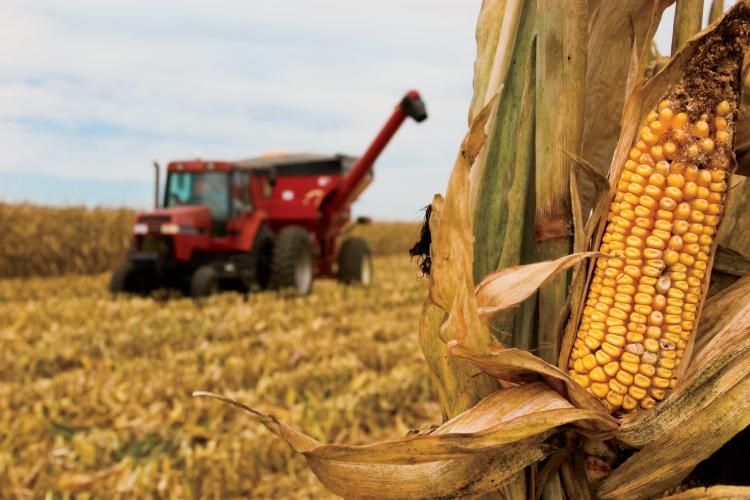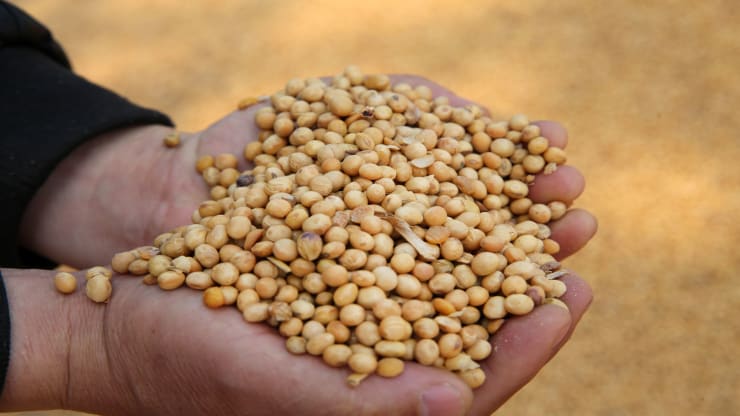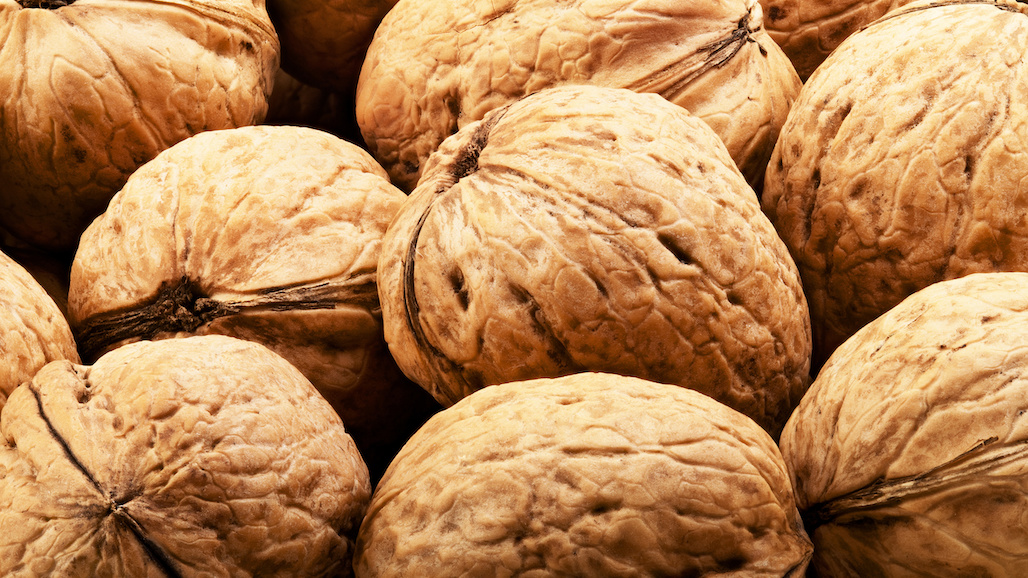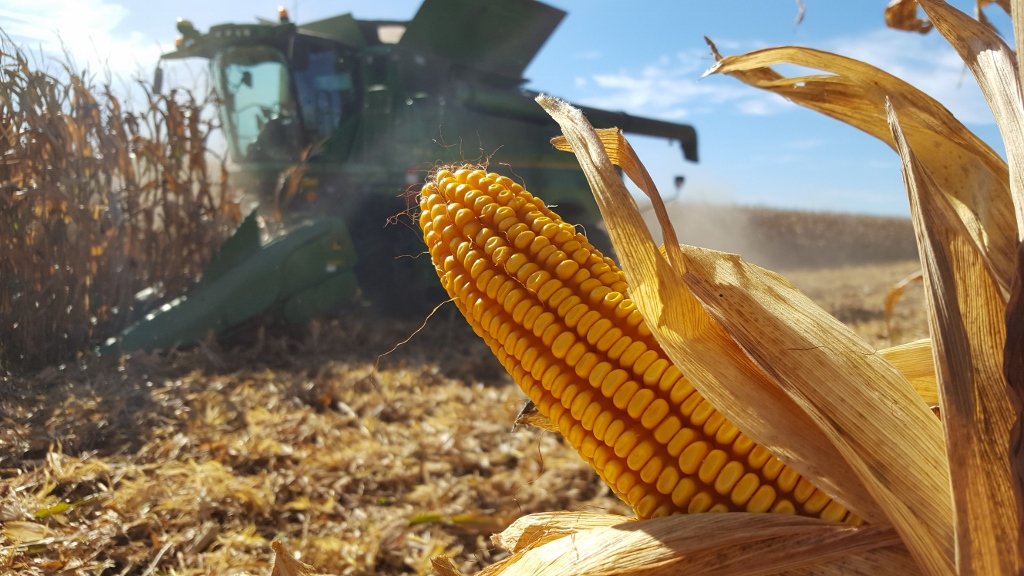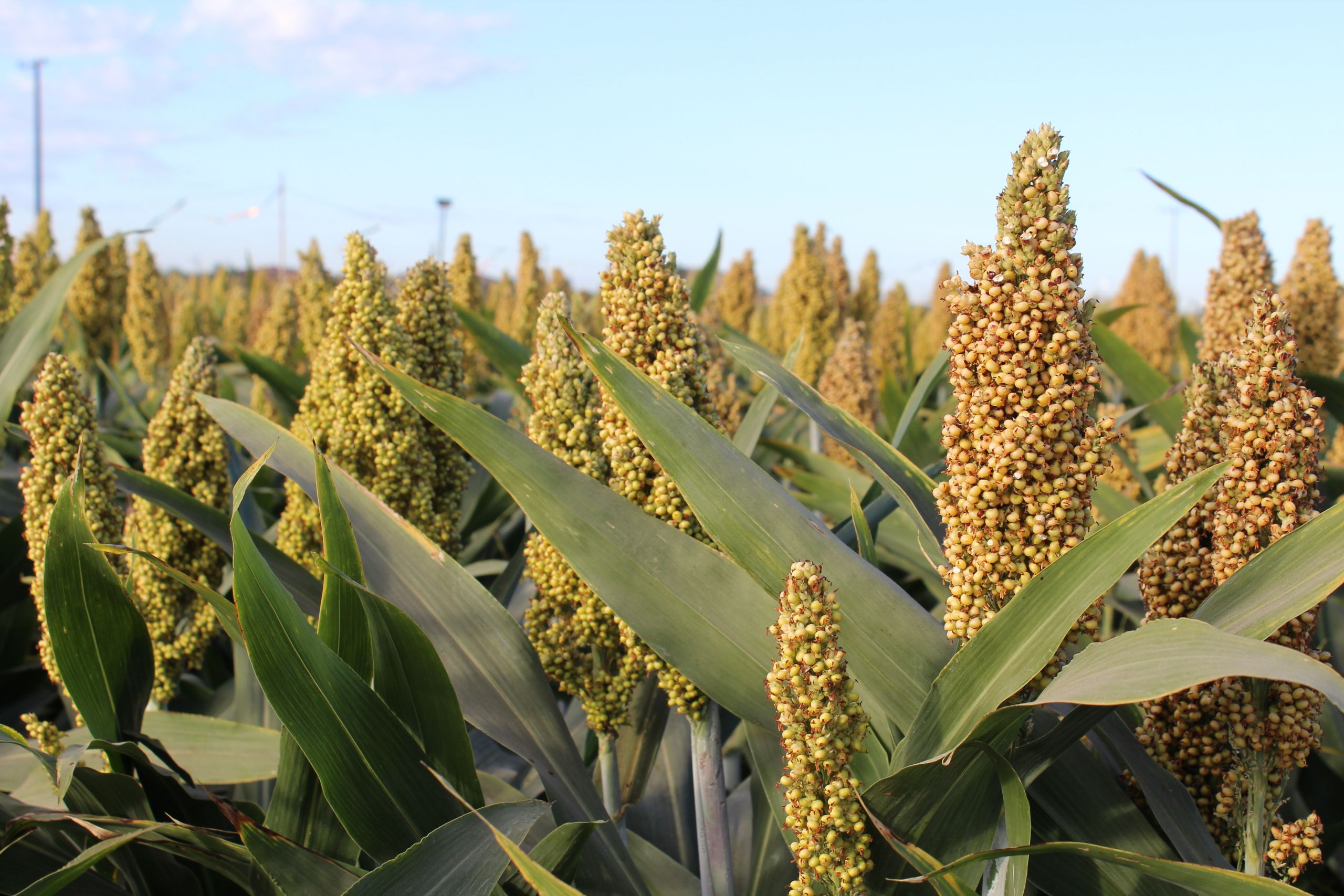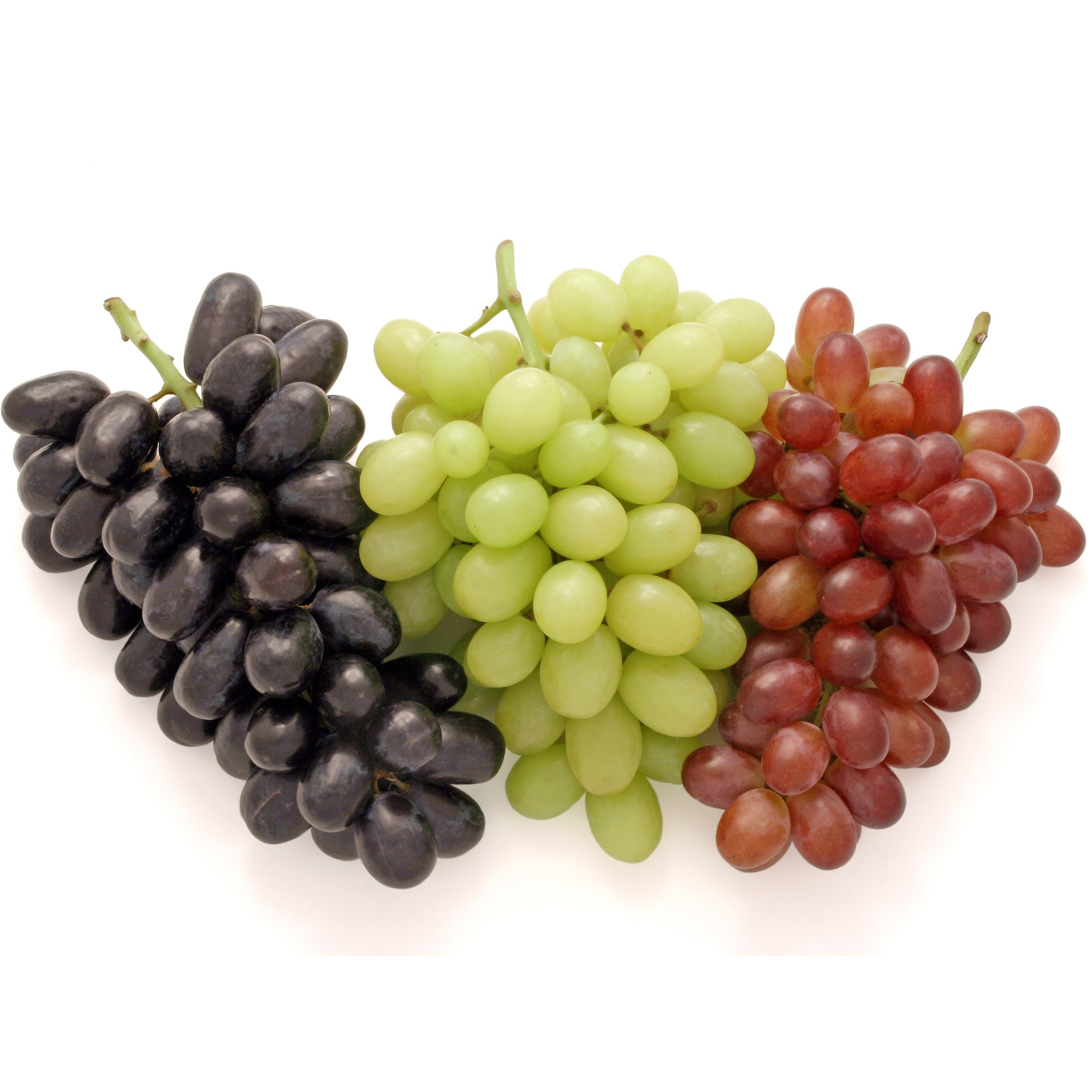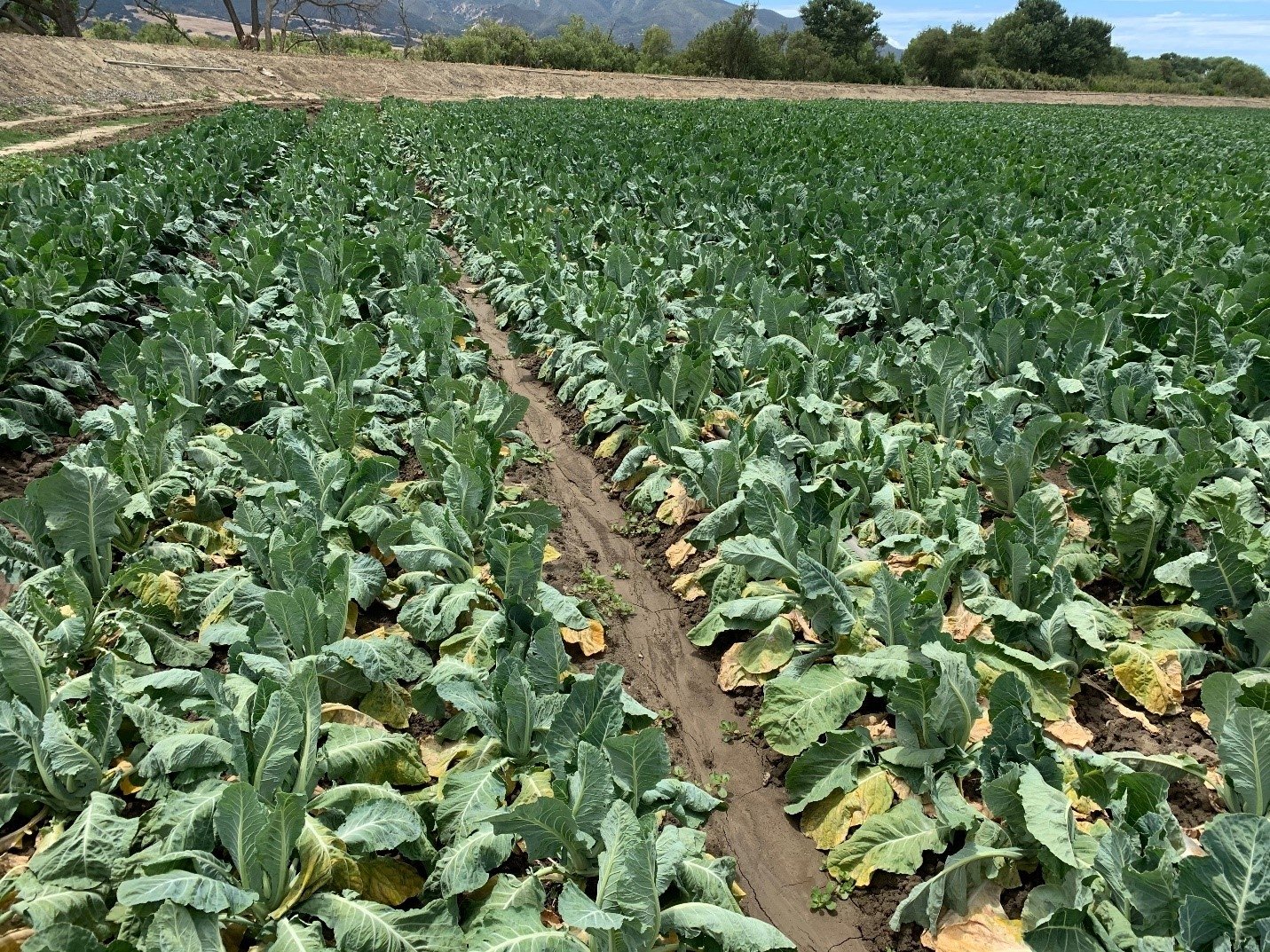Whether it’s turf grass or cash crops and everything in between, we provide the best and latest information about what, how, and when to add to your soil root zone for the best results.
Understanding Macro- and Micro-nutrients
Plant nutrition is the study of the chemical elements and compounds necessary for plant growth, plant metabolism and their external supply. In its absence the plant is unable to complete a normal life cycle, or that the element is part of some essential plant constituent or metabolite. This is in accordance with Justus von Liebig’s law of the minimum. You can read about it here.
The total essential plant nutrients include seventeen different elements: carbon, oxygen and hydrogen which are absorbed from the air, whereas other nutrients including nitrogen are typically obtained from the soil.
- Macronutrients: nitrogen (N), phosphorus (P), potassium (K), calcium (Ca), sulfur (S), magnesium (Mg), carbon (C), oxygen (O), hydrogen (H)
- Micronutrients (or trace minerals): iron (Fe), boron (B), chlorine (Cl), manganese (Mn), zinc (Zn), copper (Cu), molybdenum (Mo), nickel (Ni)
These elements stay beneath soil, so plants consume these elements as ions.
Most soil conditions across the world can provide plants adapted to that climate and soil with sufficient nutrition for a complete life cycle, without the addition of nutrients as fertilizer. However, if the soil is cropped it is necessary to artificially modify soil fertility through the addition of fertilizer to promote vigorous growth and increase or sustain yield. This is done because, even with adequate water and light, nutrient deficiency can limit growth and crop yield.
Naturally Occurring Nutrients
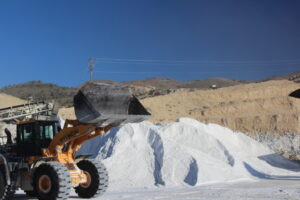
Anhydrite and Dihydrate Gypsum

Limestone
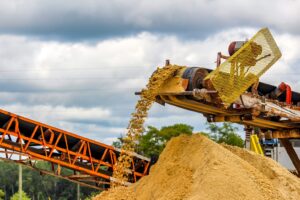
Dolomitic Limestone
Macro and Micro Nutrients
Liebig’s Law of Minimum
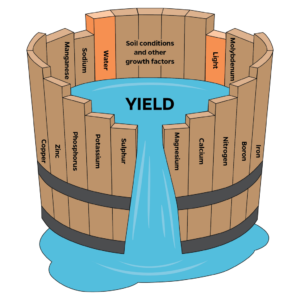
It states that growth is controlled not by the total originality applied to plant growth, where it was found that increasing the amount of plentiful nutrients did not increase plant growth.
News
Corn Considerations for Sulfur and Micronutrient Applications
Sulfur (S) and micronutrients are cracking the familiar [...]
A Lesson About Micronutrients
You can split crop nutrients into three categories: [...]
‘We’re Chasing An Additional 10 Bushels With Early Soybeans,’ Agronomist Says
Farmers in west-central Illinois and east-central Missouri are [...]
California Walnut Credit-Back Referendum
The California Walnut Board (CWB) is pursuing credit-back [...]
Grapevine Red Blotch Update
Foundation Plant Services (FPS) has been testing grapevines [...]
Why Aren’t My Beans Drying Down?
We cut our blackeye bean (cowpea) research plots [...]
Micronutrient Checkup
Nitrogen (N), phosphorus (P) and potassium (K) are [...]
Insect-Deterring Sorghum Compounds
Compounds produced by sorghum plants to defend against [...]
CA Table Grape Season in Full Swing with Lower Crop Estimate
Noting that demand has been strong and steady, [...]
Does Adjusting Soil pH Control Clubroot of Brassicas?
Compounds produced by sorghum plants to defend against [...]




